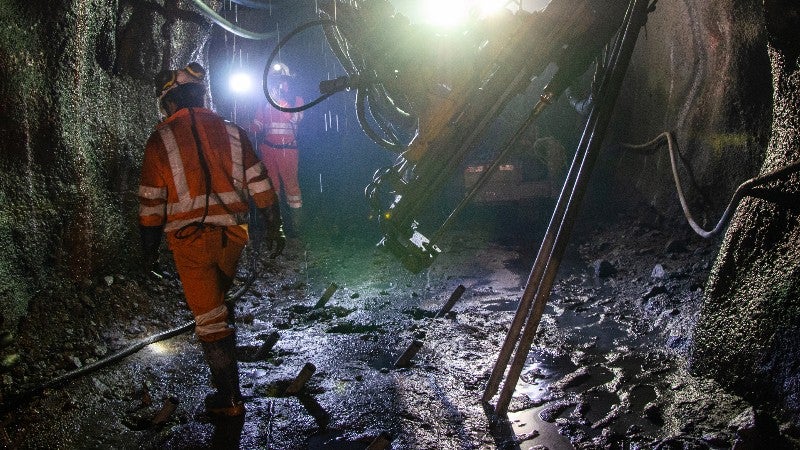
During the peak of the monsoonal season in parts of West Africa, some regions can receive upwards of 20mm of rainfall per day, uninterrupted, for days and sometimes months on end. The constant inflows are a perennial challenge for the underground mines in the area whose operations, particularly their blasting, are affected substantially by the presence of water inside the blasthole.
While there are several methods for addressing water in an underground environment, such as common dewatering and grouting, these exercises do not offer complete relief from the issues arising from water inside the holes. With all explosives, including “water-resistant” emulsions susceptible to degradation (be it at varying degrees), there is both a performance issue to manage as well as a containment issue caused by explosive seepage and slumping when too much water is present.
To adequately address both, protecting explosives during the loading process is critically important to achieving a good blast outcome.
Impact on the explosive loading process
At one mine in the region, the presence of dynamic water in the blastholes was taking a tremendous toll on the explosive loading process with substantial downstream effects. The long upholes that were required to reach the ore body were inundated by the vast volumes of water passing through them. As a result, painfully slow loading, washed-out explosives, poor recovery, and hang-ups were several of the unwanted occurrences experienced here.
That was until MTi Group was consulted and began working towards a solution.
The following case study documents the approach and several of the processes implemented at this mine, with implications and potential solutions for all underground miners dealing with the issue of dynamic water in their blasting operations.
Further details:
To read about MTi Group’s expertise in dealing with dynamic water in blasting operations, please download the whitepaper below.


